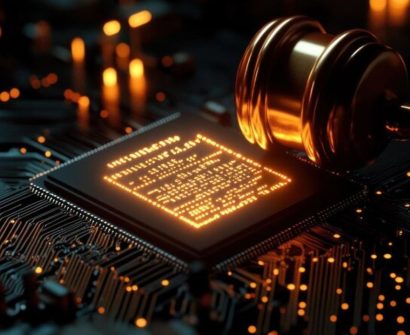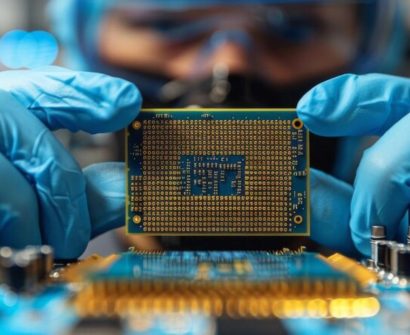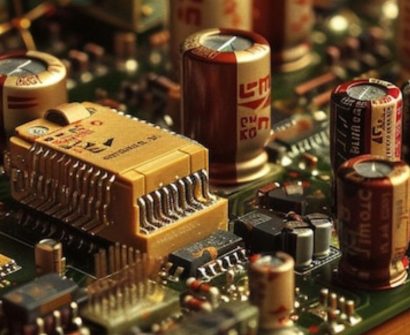
In the realm of VLSI (Very Large Scale Integration) design, where intricacy meets innovation, every nanosecond matters. The efficiency of integrated circuits (ICs) depends not only on their functionality but also on how fast signals can propagate through them. One critical factor that influences signal timing is skew.
What is Skew?
In VLSI design, skew refers to the difference in arrival times of signals at different points within a circuit. It’s essentially a measure of the misalignment of clock edges or data signals as they travel through a circuit. Skew can be introduced by various factors such as wire lengths, routing paths, and variations in manufacturing processes.
Types of Skew
- Clock Skew: This is the most common type of skew encountered in VLSI design. It refers to the difference in arrival times of clock signals at different flip-flops or registers within a synchronous system. Clock skew can lead to timing violations and impact the overall performance of the circuit.
- Data Skew: Data skew occurs when the arrival times of data signals at different parts of the circuit are not synchronized. It can result in issues such as setup and hold time violations, where the data at the input of a flip-flop changes while the clock edge arrives, leading to incorrect operation.
- Load Skew: Load skew refers to the difference in propagation delay experienced by signals driving different loads within the circuit. It can arise due to variations in the capacitance of the loads or differences in routing paths. Load skew affects the timing of signals and can lead to performance degradation.
Impact of Skew
Skew can have significant implications for the performance, power consumption, and reliability of integrated circuits:
- Timing Violations: Skew can cause setup time violations, hold time violations, and clock-to-q delays, leading to functional errors and reduced circuit reliability.
- Increased Power Consumption: Skewed signals require additional power to drive them through the circuit, resulting in increased power consumption and heat dissipation.
- Reduced Operating Frequency: Excessive skew can limit the maximum operating frequency of a circuit, thereby reducing its overall performance.
- Design Complexity: Mitigating skew often requires complex clock distribution networks, routing strategies, and timing optimization techniques, which can increase design complexity and development costs.
Mitigating Skew
To address skew-related issues and optimize circuit performance, VLSI designers employ various techniques:
- Clock Tree Synthesis: Designing an efficient clock distribution network that minimizes clock skew and balances clock arrival times across the circuit.
- Buffer Insertion: Inserting buffer stages strategically along critical paths to equalize signal delays and minimize skew.
- Routing Optimization: Employing routing algorithms that minimize wire lengths and variations to reduce skew.
- Clock Domain Crossing (CDC) Analysis: Performing thorough analysis and verification of signals crossing clock domains to ensure proper synchronization and avoid metastability issues.
- Timing Closure: Iteratively refining the design to meet timing requirements and eliminate skew-induced violations.
In conclusion, understanding and managing skew is essential for achieving high-performance, reliable, and power-efficient VLSI designs. By employing advanced design methodologies and leveraging innovative tools, designers can effectively mitigate skew-related challenges and deliver cutting-edge integrated circuits that meet the demands of today’s technology-driven world.
Also Read: A Walkthrough VLSI Physical Design Engineer Salary In India.
To know more about VLSI Course , SuccessBridge VLSI training institute. You can begin your VLSI career by enrolling in the placement-assisted live courses available at SuccessBridge We offer various VLSI online courses. We offer VLSI Physical Design course, Design Verification course, DFT Training,Chip design course many more. Explore VLSI Courses From The Leaders In VLSI Training






